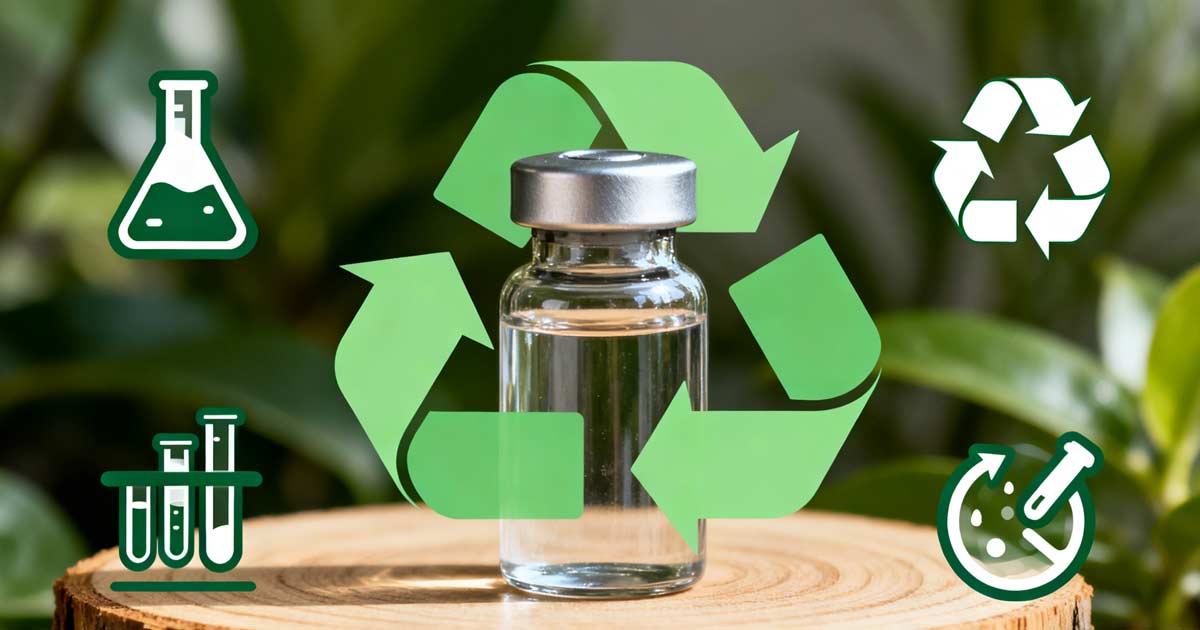
Recyclable Materials in Pharmaceutical Primary and Secondary Packaging
The use of recyclable materials in pharmaceutical packaging is transforming how the industry balances environmental responsibility with patient safety. As sustainability becomes a global priority, pharmaceutical companies are redesigning their packaging strategies to minimize waste and carbon emissions while preserving the integrity and efficacy of life-saving medications.
Primary Packaging Materials
In primary packaging—the layer that comes into direct contact with the drug—recyclability must never compromise product protection. Glass, aluminum, and select high-grade polymers are among the most widely used recyclable materials. Glass vials and bottles provide excellent barrier protection against moisture, oxygen, and light, while aluminum tubes and foils offer exceptional durability and chemical resistance.
Modern advancements in mono-material plastics such as polypropylene (PP) and polyethylene (PE) have improved recyclability without sacrificing performance. These materials are increasingly replacing mixed polymers that are difficult to recycle. Additionally, innovations like PCR (post-consumer recycled) resins and biobased plastics help reduce the overall carbon footprint while maintaining GMP and FDA compliance.
Secondary Packaging Materials
Secondary packaging—such as cartons, paperboard sleeves, and recyclable plastic trays—plays a vital role in protecting and organizing primary containers. Recycled cardboard and kraft paper are commonly used due to their low environmental impact and ease of disposal. Many pharmaceutical companies now adopt FSC-certified paperboard, ensuring that packaging originates from responsibly managed forests.
Beyond protection, secondary packaging supports branding, labeling, and compliance documentation. Using recyclable inks, adhesives, and coatings further enhances sustainability across the production chain.
Benefits for Manufacturers and Patients
For manufacturers, integrating recyclable materials brings measurable advantages—lower material costs, easier compliance with sustainability regulations, and enhanced corporate reputation. Patients also benefit from knowing their medications are safely contained in eco-friendly packaging that supports environmental preservation.
Conclusion
The shift toward recyclable materials in pharmaceutical primary and secondary packaging demonstrates the industry’s commitment to sustainability without compromising safety or quality. By embracing recyclable glass, metals, and polymers, pharmaceutical manufactur
